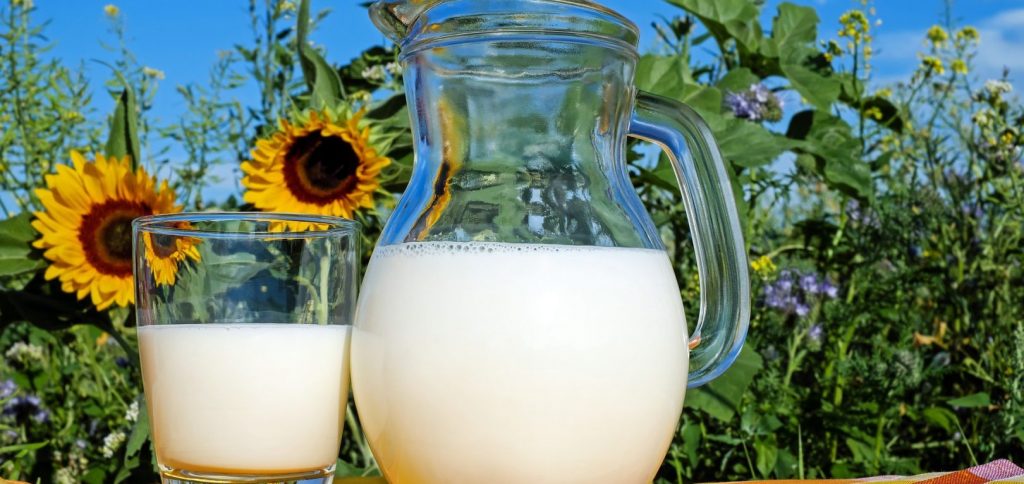“Lactose-free” market demands progress from the dairy industry

Allergies and intolerances to individual components of food products are currently on the rise. One of the most widespread food intolerances is lactose intolerance. Whether consumers actually suffer from food intolerance or allergies or are simply fans of lactose-free products makes little difference from a market perspective: These consumers will opt for such products because they believe them to be beneficial.
The proportion of consumers affected by lactose intolerance varies hugely depending on the region, culture and age of the population concerned. In Europe, up to 20 percent of the population – with a much higher percentage in the south – is believed to be intolerant of lactose, also known as milk sugar. This contrasts strongly with consumer developments in China: Here, it was assumed until recently that almost everyone suffers from lactose intolerance, yet the consumption of lactose-free UHT milk or cream in China has not risen strongly and complaints of lactose intolerance have not increased.
What does “lactose-intolerant” actually mean?
Consumers who are lactose-intolerant don’t produce enough of the enzyme lactase (beta-galactosidase), which is needed in the body to break down lactose into its constituent components glucose and galactose (types of sugar that can be digested by humans). As a result, lactose reaches the lower intestine, where it is fermented by intestinal bacteria and causes the symptoms that bother lactose-intolerant people.
Lactose-free dairy products have been available for years now as a product group that continues to enjoy double-digit growth. The first company to produce such products in Germany was the Swabian dairy farm OMIRA, which now distributes an astonishingly wide range of “Minus L” products nationwide. But the true pioneer of all things lactose-free is Finnish dairy farm Valio, since lactose intolerance is widespread among Finns.
What does “lactose-free” actually mean?
Unlike food which contains allergens, there are no general international regulations governing simple intolerances: the definition of lactose-free correlates to a residual lactose concentration of 0.1 percent or 0.01 percent, depending on the country, manufacturer and national regulations.
In practice, it is a challenge to detect whether the concentration of residual lactose has reached the threshold once process milk has been treated with lactase. The ability to identify this value precisely saves production time and represents a quality control parameter. Up to now, methods for detecting low lactose concentrations have either been imprecise, labor-intensive, expensive or prone to failure. As such, the dairy industry needs swift, accurate, straightforward methods to enable greater control over the production process, because this is where classic methods fall short. How can the dairy industry guarantee specific properties for consumers without laborious, complicated quality assurance and quality control processes? High-tech, or rather high-chem-tech, can help here.
Eliminating imprecision: breakthrough with highly-selective enzymes
In 2013, five researchers from the University of Natural Resources and Life Sciences, Vienna (BOKU) founded DirectSens – a company with a biosensor technology platform that can be used to detect various carbohydrates. One of the applications, LactoSens®, is a biosensor for detecting residual lactose in lactose-free dairy products.
Biosensors use enzymes that specifically detect a substance, for example lactose, in a sample and convert it into a measurable electrical signal. At the heart of the innovative measurement system lies a genetically optimized enzyme that is immobilized on a test strip. The enzyme oxidizes the lactose in the sample and produces electrons that are measured by a reader with an unprecedented level of accuracy and reliability. Software converts the measured current into a quantitative result detailing lactose concentration. The whole system is so precise that the Danish food institute NordVal has certified it as being equivalent to HPLC, the standard benchmark method used in trace analysis. The system can measure lactose down to a concentration of 0.008 percent.
Trade fairs have traditionally been the ideal platform for showcasing such groundbreaking innovative solutions to a specialized audience. The topic of process analytics will feature at the next drinktec. It will be exciting to see what new innovative developments the dairy industry comes up with between now and 2021!
